site search
online catalog
JOHN W. RIELY, LIBERTY HALL VOLUNTEERS (4th VIRGINIA,) CAPTAIN AND A.A.G. ON LONGSTREET’S STAFF AT GETTYSBURG
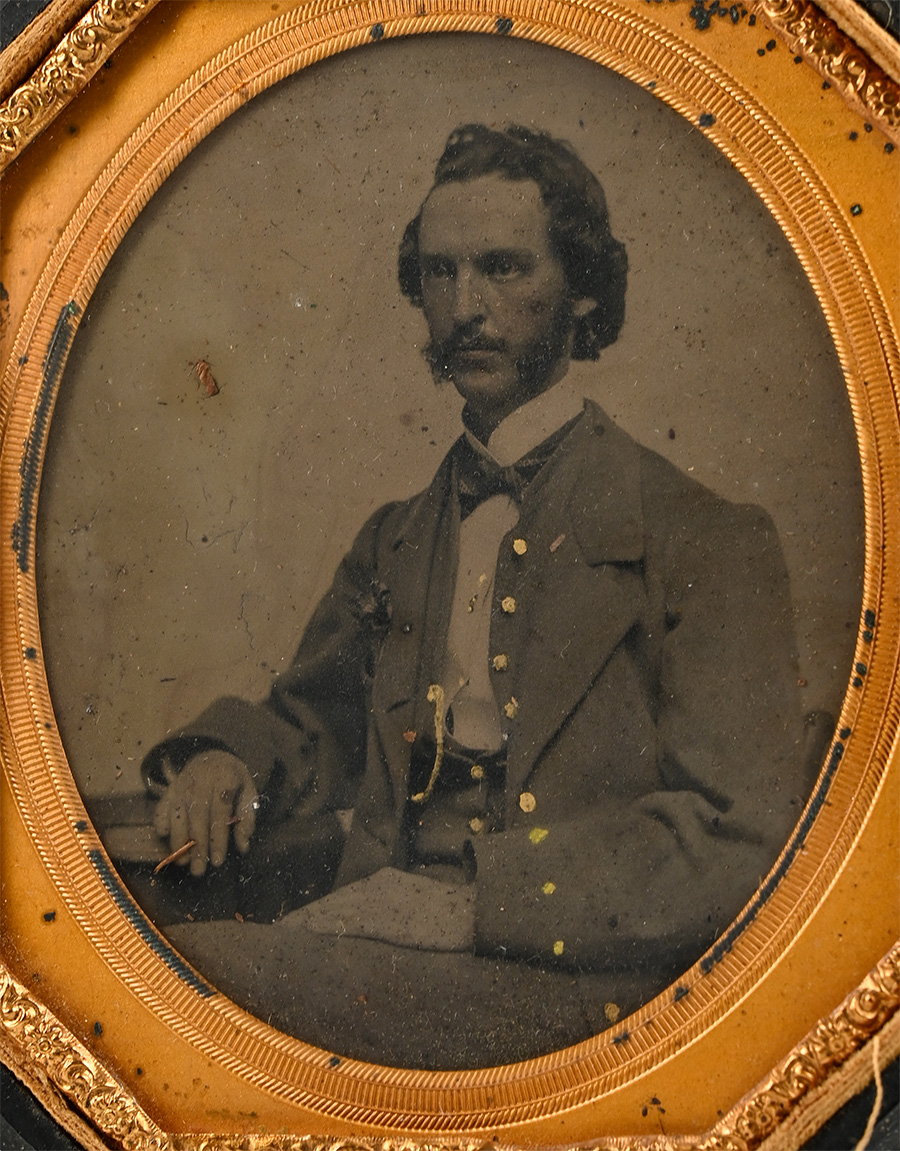
Hover to zoom

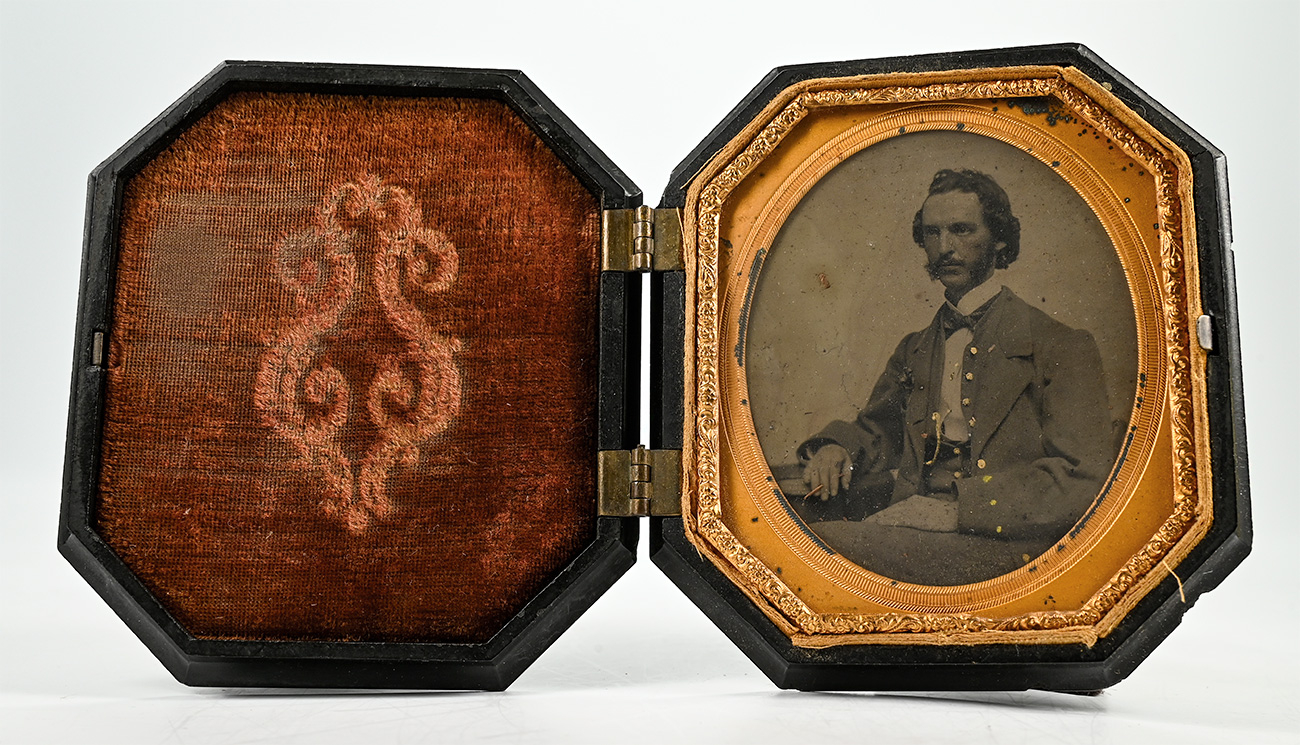
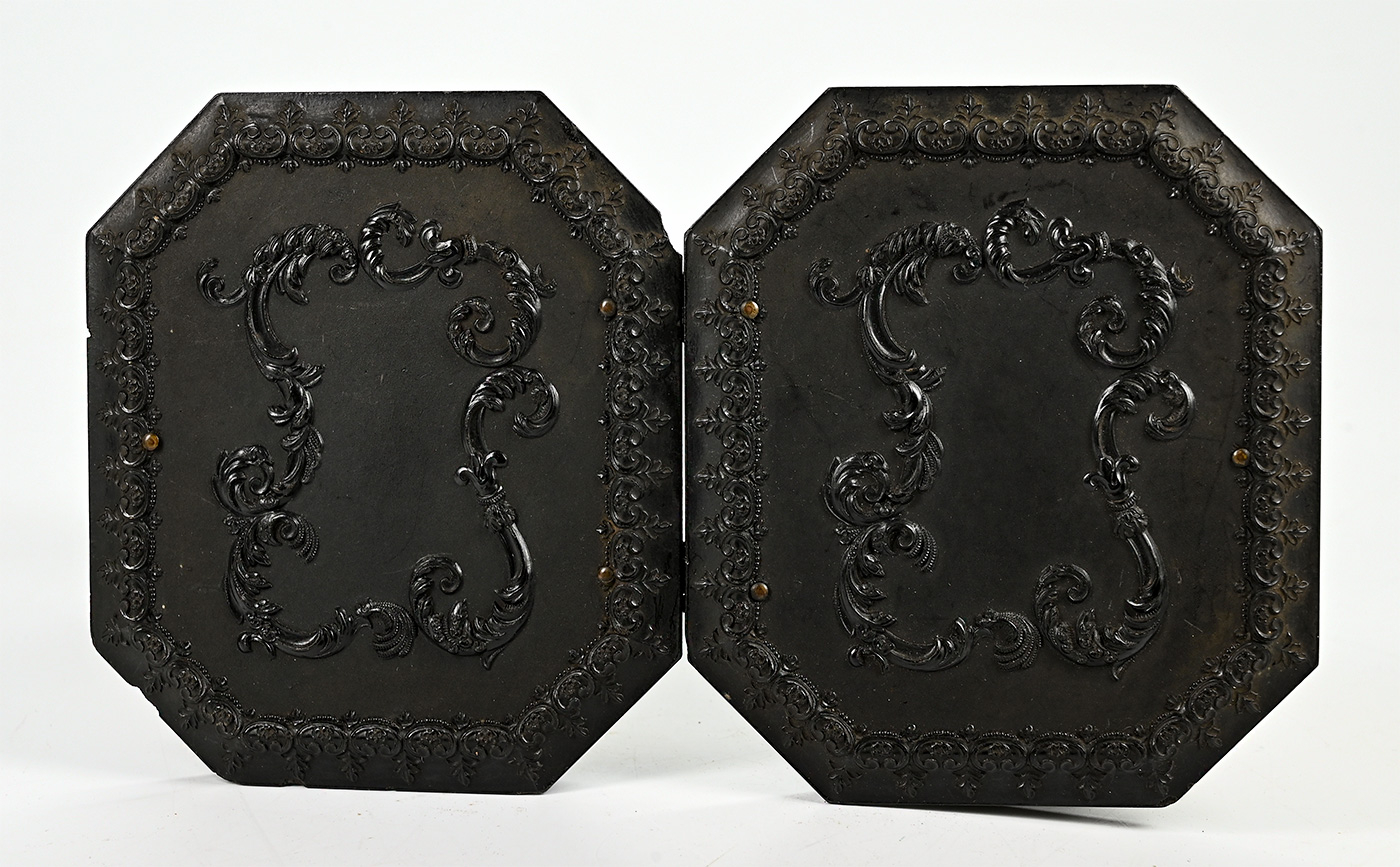
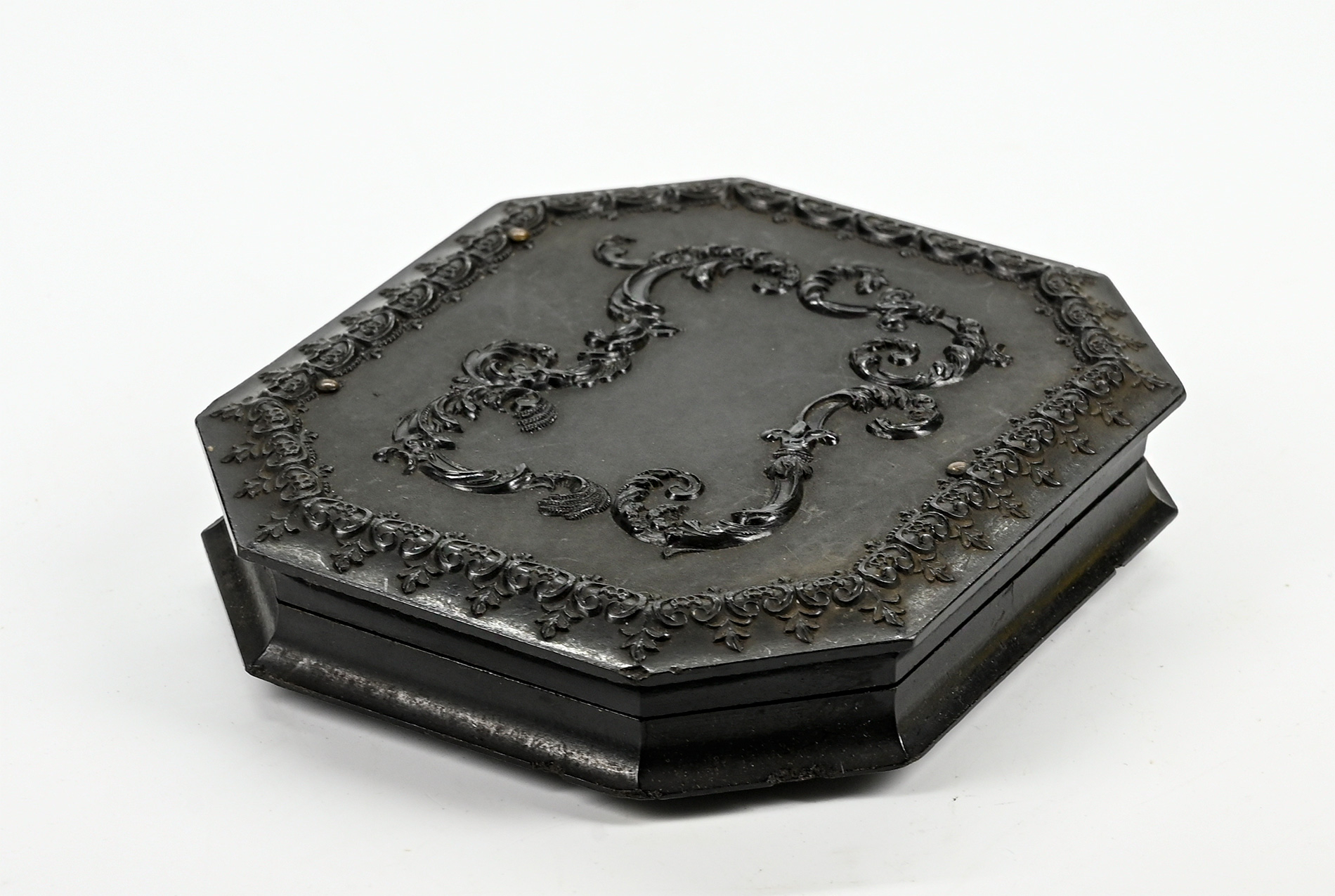
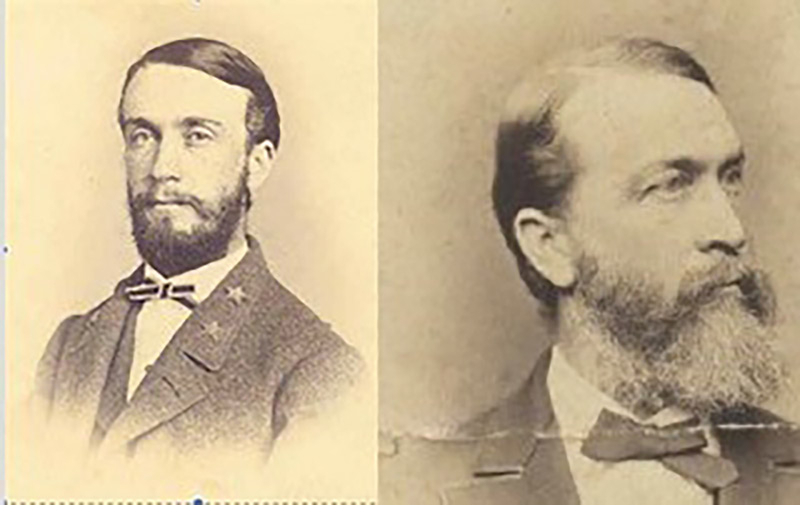
$3,250.00 SOLD
Quantity Available: None
Item Code: 1138-1964
This sixth-plate tintype comes from the collection of the late Bill Turner, noted Virginia dealer and collector, who obtained many of his images from directly from families and direct descendants. His notes indicate this was identified as Sergeant John W. Riely of the 4th Virginia, so it most likely indicates a family tradition that it was taken after his appointment as Q.M. Sergeant in the 4th Virginia on 1 October 1861 with detail as clerk at General G.W. Smith’s headquarters at Richmond on Oct. 25, and before or just after he was discharged for promotion one year later, on 25 October 1862.
Riely was born in 1839 in Jefferson County and attended schools in Jefferson, Clarke, and Rockbridge Counties, and the Winchester Seminary. He was noted for his hard work both in school and as a clerk in a store in Winchester. He obtained admission to Washington College, now Washington and Lee, in Fall 1858 and planned on taking up law, calling himself a “legal student” in 1860. He graduated in 1861, but joined a company of volunteers from the college, designated the Liberty Hall Volunteers, commanded by a one of their professors.
The company was accepted for state service June 2, mustered in for one year on June 10 at Staunton and arrived at Harpers Ferry June 14, where they became Co. I of the 4th Virginia on June 18. They were posted to Winchester in July and ordered to Manassas on July 18, arriving on July 19. On July 21 the regiment fought on Henry House Hill, losing 31 killed and 100 wounded. They were afterward posted between Centreville and Fairfax Courthouse and came under the command of Maj. Gen. G.W. Smith in late September 1861, as part of the Second Corps, “Army of the Potomac.” It was during this period that Riely joined Smith’s staff and then remained with Smith after the regiment was assigned to the Valley District in November.
Reily is shown with long hair neatly combed and wears long side burns and narrow mustache. He is seated, one hand on his thigh and the other on a table beside him and wears a gray frock coat open to show a gray military vest, also partly open to show a watchchain, white shirt with tall collar and dark cravat tie. The visible buttons on his vest, coat front, and cuff have been gilded, the cuff showing three arranged around the cuff. He wears no rank insignia, which may be appropriate to his detail as clerk at Smith’s headquarters or while waiting for his discharge and his officer’s commission as Captain in the Adjutant General’s Department (Adjutant and Inspector General’s Department.) This was made and confirmed 4 October 1862, giving him rank from September 5, but he was not officially discharged from the 4th VA until October 25 and did not formally accept the commission until November 1.
He served on the staffs of Smith and with Elzey (Department of Richmond) until his appointment to Longstreet’s staff as an Assistant Adjutant General, on 14 March 1863. He served under the immediate command of Moxley Sorrel, who remembered him as, “a fine, young Virginia officer,” was at Gettysburg, being among staff members thanked by Longstreet afterward in his official report and having a claim for forage for his horse that covers the month of the June datelined at Chambersburg, PA.
When Longstreet went west in September 1863 Riely was initially transferred to Hood’s staff on Sept. 10, but the order was revoked and he was posted to the Adjutant and Inspector General’s office in Richmond as of Sept. 12, where he was eventually placed in charge of the “Reception Office,” responsible for, “receiving, opening, endorsing, abstracting, and distributing correspondence and official papers, keeping the files and general records, and receiving visitors.” He was promoted to Major 18 February 1864 and remained in the city until its fall in April 1865 and was reportedly part of Jefferson Davis’s escort out of the city and reached Johnston’s forces, with whom he was paroled, though not before receiving an appointment dating April 24 as Lieutenant Colonel, a rank he never used in later life.
His organizational talents and willingness to dedicate himself to hard work contributed to a successful postwar legal career. He read law in Fredericksburg after the war, was admitted to the bar in 1867, was partner in several law firms, moved to Halifax County, where he became the Commonwealth’s Attorney in 1871, was contributor to the 1887 revision of the State Code, and was appointed a judge on the state Supreme Court of Appeals in 1895, dying in office in January 1900.
We also show two images of him. One purports to be him as Lieutenant Colonel, which would have to be just postwar, but comes from an unknown source. The other is later in life, from a county historical society, and lines up with some other late portraits. We note in that one that his high forehead, nose, and darker mustache and sideburns are very reminiscent of details in this one, allowing for reversal in the tintype process. The image is housed in a figural octagon thermoplastic case with floral motifs and an 1856 patent and maker’s label in the back by A.P. Critchlow & Co. who claim credit for the invention of the material used in manufacturing union cases and for a special riveted hinge. The case, facing pad, and glass are good. The mat shows some age spotting and the thin brass octagonal frame has break on one of the crimped over edges.
Riely is said to have recounted his Gettysburg experiences several times. We have not found a written record of them, but they may be out there. [sr] [ph:m]
~~~~~~~~~~~~~~~~~~~~~~~~~~~~~~~~~~~
THIS ITEM, AS WITH ALL OTHER ITEMS AVAILABLE ON OUR WEB SITE,
MAY BE PURCHASED THROUGH OUR LAYAWAY PROGRAM.
CLICK HERE FOR OUR POLICIES AND TERMS.
THANK YOU!
Inquire About JOHN W. RIELY, LIBERTY HALL VOLUNTEERS (4th VIRGINIA,) CAPTAIN AND A.A.G. ON LONGSTREET’S STAFF AT GETTYSBURG
Most Popular
Historical Firearms Stolen From The National Civil War Museum In Harrisburg, Pa »
Theft From Gravesite Of Gen. John Reynolds »
Selection Of Unframed Prints By Don Troiani »
Fine Condition Brass Infantry Bugle Insignia »
British Imported, Confederate Used Bayonet »
Scarce New Model 1865 Sharps Still In Percussion Near Factory New »
featured item
MORTON’S BATTERY FLAG OF FORREST’S CAVALRY: EX-GUNTHER COLLECTION, CHICAGO HISTORICAL SOCIETY, & TEXAS CIVIL WAR MUSEUM
This is one of two wartime Confederate flags flown by Capt. John W. Morton consecutively as guidons for his battery or simultaneously with one likely as the battery flag and the other as a personal or designating flag while Morton served also as … (1286-621). Learn More »


